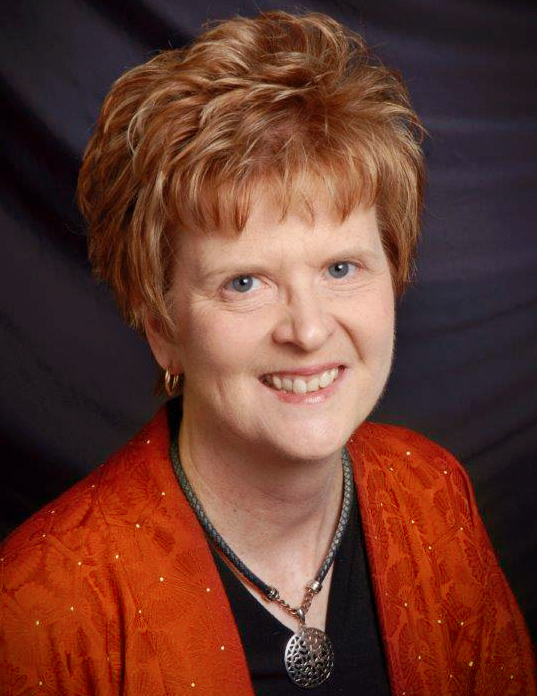Different Kinds of Leaders
Organizations require different kinds of leaders, depending on the strategic goals and the external environment. Think of it as a recipe with two ingredients:
1) sustaining leadership - the ability to identify and maintain the systems and processes that have made the organization successful in the past
2) change leadership - the ability to envision and implement new systems and processes to re-align the organization to current realities
By identifying what the situation calls for, you can recruit and develop leaders with the right mix of these two components.
Types of Leaders
1. Systems Implementer – a leader who will operationalize a proven model for success, monitoring quality and eliminating deviations to ensure continuity from the past to the future (low change leader: 4 parts sustaining leadership and 0 parts change leadership)
2. Linear Improver – a leader who identifies and implements planned incremental improvements in order to better fulfill the current vision and mission (low-medium change leader: 3 parts sustaining leadership and 1 part change leadership)
3. Creative Culture-Builder - a leader who champions and implements a system for soliciting, incentivizing, evaluating and funding creative ideas from within the organization (medium change leader: 2 parts sustaining leadership and 2 parts change leadership)
4. Collaborative Improviser – a leader who affirms past success, but sponsors innovative "skunk works" projects to jumpstart a new direction that is better aligned with the demands of the external environment (medium-high change leader: 1 part sustaining leadership and 3 parts change leadership)
5. Radical Change Leader – a leader who recognizes that the organization will fail without a dramatic shift of direction; is willing to make intuitive, decisive and unpopular moves to turn the organization around (high change leader; 0 parts sustaining leadership and 4 parts change leadership
Discovery Questions
1. What kind of leader are you? How many parts of sustaining leadership are in your toolkit? How many parts of change leadership?
2. How well matched is your leadership type for the needs of your organization during this time of its development? What can you do to eliminate any gaps?
3. How can you better align your leadership recruitment and development strategy to attract and retain the types of leaders most needed by your organization?
Organizations require different kinds of leaders, depending on the strategic goals and the external environment. Think of it as a recipe with two ingredients:
1) sustaining leadership - the ability to identify and maintain the systems and processes that have made the organization successful in the past
2) change leadership - the ability to envision and implement new systems and processes to re-align the organization to current realities
By identifying what the situation calls for, you can recruit and develop leaders with the right mix of these two components.
Types of Leaders
1. Systems Implementer – a leader who will operationalize a proven model for success, monitoring quality and eliminating deviations to ensure continuity from the past to the future (low change leader: 4 parts sustaining leadership and 0 parts change leadership)
2. Linear Improver – a leader who identifies and implements planned incremental improvements in order to better fulfill the current vision and mission (low-medium change leader: 3 parts sustaining leadership and 1 part change leadership)
3. Creative Culture-Builder - a leader who champions and implements a system for soliciting, incentivizing, evaluating and funding creative ideas from within the organization (medium change leader: 2 parts sustaining leadership and 2 parts change leadership)
4. Collaborative Improviser – a leader who affirms past success, but sponsors innovative "skunk works" projects to jumpstart a new direction that is better aligned with the demands of the external environment (medium-high change leader: 1 part sustaining leadership and 3 parts change leadership)
5. Radical Change Leader – a leader who recognizes that the organization will fail without a dramatic shift of direction; is willing to make intuitive, decisive and unpopular moves to turn the organization around (high change leader; 0 parts sustaining leadership and 4 parts change leadership
Discovery Questions
1. What kind of leader are you? How many parts of sustaining leadership are in your toolkit? How many parts of change leadership?
2. How well matched is your leadership type for the needs of your organization during this time of its development? What can you do to eliminate any gaps?
3. How can you better align your leadership recruitment and development strategy to attract and retain the types of leaders most needed by your organization?


 RSS Feed
RSS Feed
